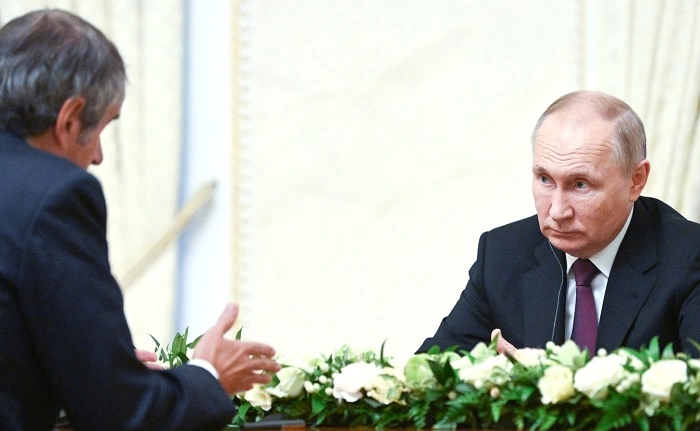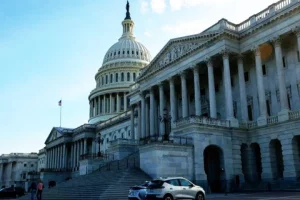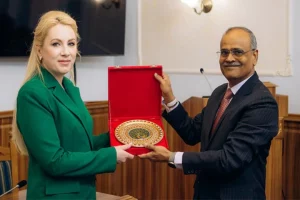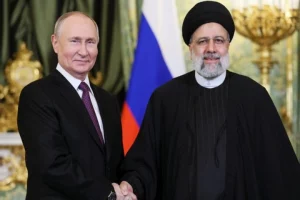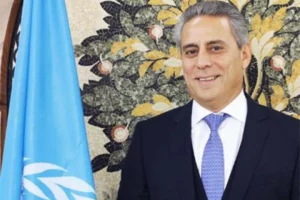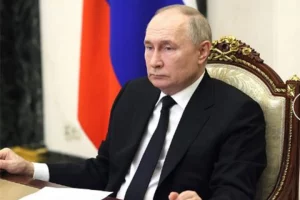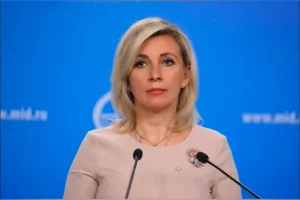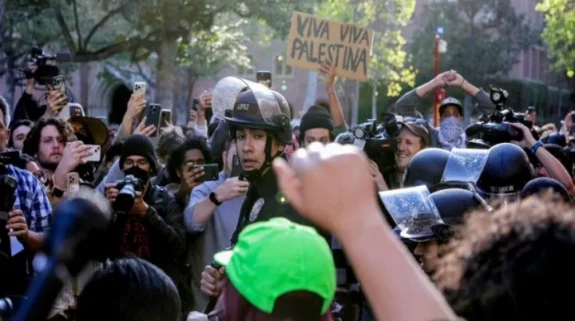Plans are afoot to switch the Zaporizhzhya Nuclear Power Plant (ZNPP) to Russian fuel even as the situation around it remains “increasingly dangerous, precarious and challenging” as per the International Atomic Energy Agency (IAEA) – the nuclear watchdog of the United Nations.
The IAEA team of experts present at the ZNPP reported that the connection to its last remaining operating 750 kilovolt (kV) power line was cut around 9 am local time on Wednesday. The agency stated that the plant’s emergency diesel generators automatically started operating to provide the six reactors with the electricity they need for cooling and other essential safety functions.
“Our team at #Zaporizhzhya Nuclear Power Plant informed me this morning that the plant has lost all of its external power for the 2nd time in five days. Its back-up diesel generators are now providing electricity for its nuclear safety and security functions,” tweeted IAEA chief Rafael Mariano Grossi Wednesday afternoon.
Calling the repeated loss of ZNPP’s off-site power a “deeply worrying development”, Grossi took to social media again in the evening informing that external power to the plant has been restored.
“ZNPP’s operator says this morning’s outage was caused by shelling damage to a far off sub-station, highlighting how precarious the situation is. We need a protection zone ASAP,” he tweeted.
The fresh IAEA concerns on Europe’s largest nuclear power plant come less than 24 hours after its top officials held talks with a Russian delegation in Saint Petersburg on issues of cooperation in ensuring the ZNPP safety in the light of “new legal realities” in the south-eastern Ukrainian region.
The Russian side was led by Alexei Likhachev, Director General of the State Atomic Energy Corporation Rosatom. It also included top diplomats; military officials; the head of the country’s environmental, industrial and nuclear supervision service; and, the chief of Russian radiological, chemical, and biological protection forces.
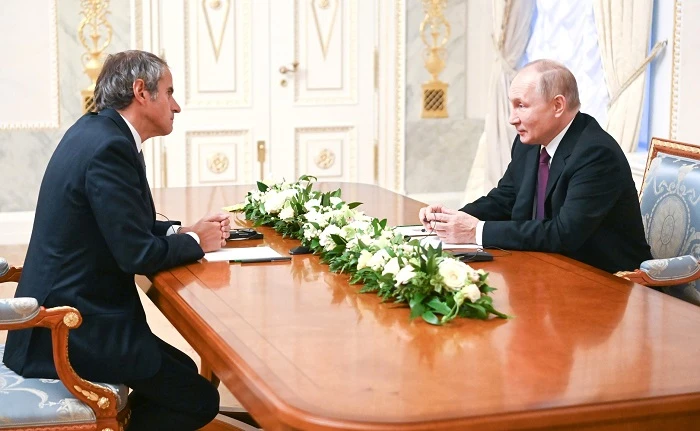
After the high-level meeting, the IAEA Director General held talks with Russian President Vladimir Putin in the Russian port city Tuesday evening.
Putin spotlighted that when it comes to nuclear development, Russia occupies a leading position in the world having created a fast neutron reactor and currently developing shipbuilding, nuclear propulsion systems, and the first floating nuclear power plants.
“Of course, we see that today there are elements of excessive, dangerous politicization of everything connected with nuclear activity. But we very much hope that, thanks to your efforts, we will be able to reduce all the rhetoric on this matter and bring this sphere of our activity and cooperation back to normal, despite all the turbulence and complex processes that are taking place on the world stage,” the Russian President told Grossi.
The IAEA boss, who has been engaging in intense consultations with both Ukraine and Russia, focused on the urgent need to establish a safety and security protection zone around ZNPP in view of shelling at or near the nuclear power plant over the past many weeks.
As agreed with 🇺🇦 President @ZelenskyyUa, after my meetings in St Petersburg I am coming back to Kyiv. The work on the establishment of a nuclear safety & security protection zone around #Zaporizhzhya Nuclear Power Plant continues. pic.twitter.com/JKuAtN8O7E
— Rafael MarianoGrossi (@rafaelmgrossi) October 12, 2022
Last week, Grossi met with Ukrainian President Volodymyr Zelensky in Kyiv and will meet him again on Thursday following discussions with Putin.
“Now more than ever, during these extremely difficult times, a protection zone must be established around the ZNPP. We can’t afford to lose any more time. The stakes are high. We must do everything in our power to help ensure that a nuclear accident does not happen during this tragic conflict, as it could cause even more hardship and suffering in Ukraine and beyond,” he said.
The ZNPP, consisting of six power units with a total installed capacity of 6 GW, was built in the 1980s on the banks of the Kakhovka reservoir. Energodar, a satellite city, is located near the station, where station employees and their families live.
After announcing that the territory where the nuclear power plant is located has become part of the Russian Federation following the results of referendums, Putin signed a Decree on October 5 giving a new company the rights to ensure its stable operation.
Meanwhile, local media quoted Rosatom DG Likhachev as saying on Wednesday that several units of ZNPP which have been operating on the fuel of the American nuclear power plant equipment maker Westinghouse, will now switch to Russian fuel.
“This is a purely technological issue, not a political one,” the head of Rosatom told the Russian news agency Interfax without specifying when it is planned to be done.
Also Read: Russia and UAE defy West, decide to step up energy and people-to-people ties






